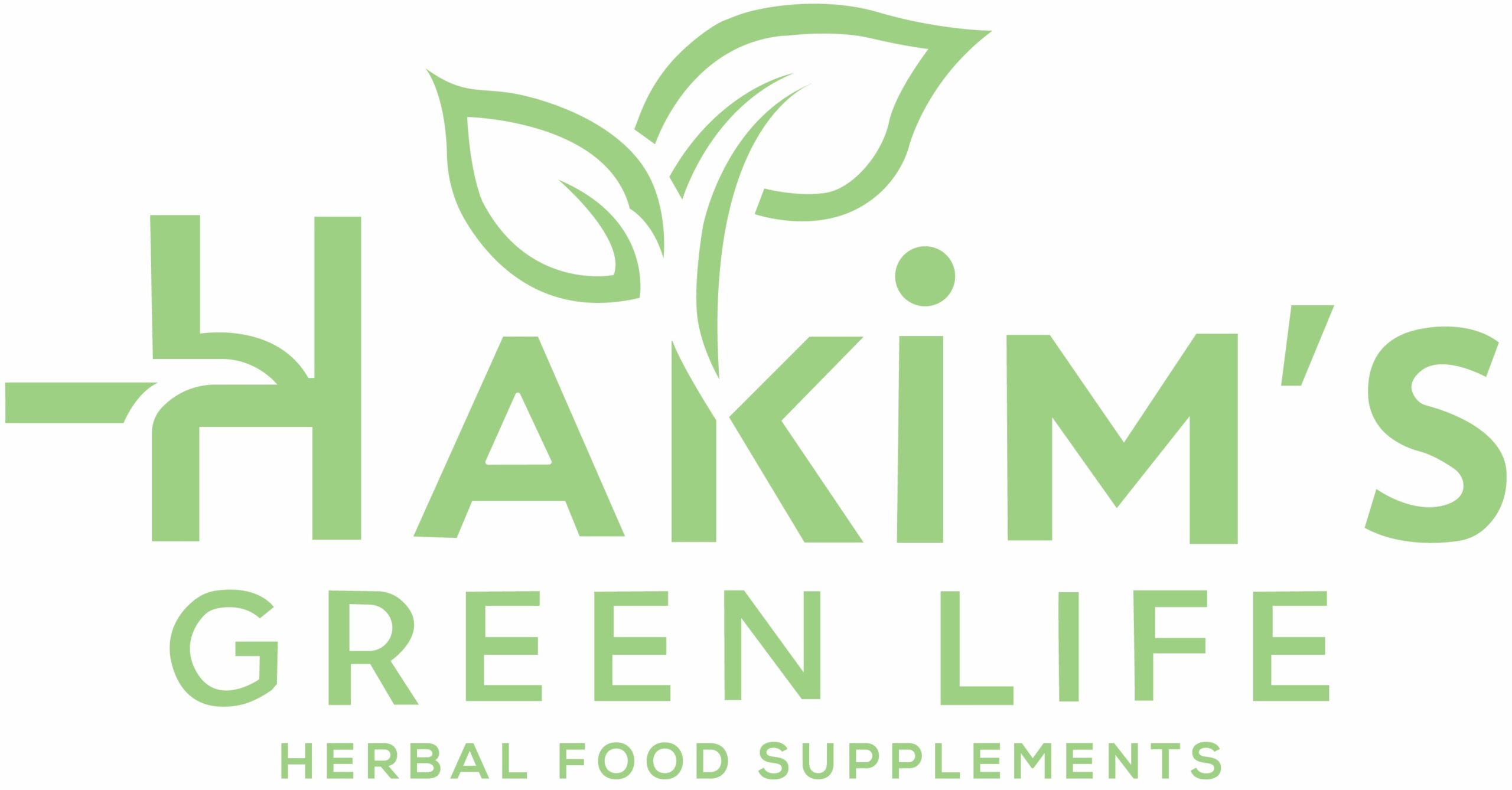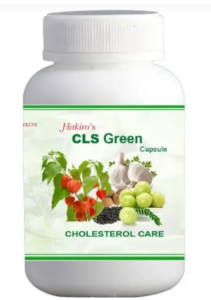
The Role of Exercise in Cholesterol Management
Managing cholesterol levels is crucial for maintaining heart health and overall well-being. Regular exercise is a cornerstone of cholesterol management, offering numerous benefits that contribute to healthier lipid profiles. At Dbhakim, we emphasize the importance of incorporating physical activity into daily routines to effectively control cholesterol levels.
Understanding Cholesterol
Cholesterol is a fatty substance found in the blood, necessary for building cells and producing certain hormones. However, high levels of low-density lipoprotein (LDL) cholesterol, often termed “bad” cholesterol, can lead to plaque buildup in arteries, increasing the risk of heart disease and stroke. Conversely, high-density lipoprotein (HDL) cholesterol, known as “good” cholesterol, helps remove LDL cholesterol from the bloodstream.
Exercise and Cholesterol: The Connection
Exercise plays a vital role in managing cholesterol by:
- Increasing HDL Cholesterol: Regular physical activity can raise levels of HDL cholesterol. Higher HDL levels are beneficial as they help transport LDL cholesterol to the liver, where it can be processed and removed from the body.
- Reducing LDL Cholesterol: While exercise may not significantly lower LDL cholesterol in everyone, it can help reduce the amount of LDL cholesterol that clogs arteries by improving overall cardiovascular health.
- Aiding Weight Management: Excess weight is often linked to higher levels of LDL cholesterol and lower levels of HDL cholesterol. Exercise helps maintain a healthy weight, which in turn helps manage cholesterol levels.
- Improving Heart Health: Exercise strengthens the heart and improves blood circulation, reducing the risk of heart disease related to high cholesterol.
Effective Exercise Strategies
At Dbhakim, we recommend a combination of aerobic and resistance training exercises for optimal cholesterol management:
- Aerobic Exercise: Activities such as walking, jogging, cycling, and swimming are excellent for raising HDL cholesterol. Aim for at least 150 minutes of moderate-intensity or 75 minutes of vigorous-intensity aerobic exercise each week.
- Resistance Training: Incorporate strength training exercises like lifting weights or using resistance bands at least two days a week. This can help improve overall body composition and support cardiovascular health.
- Consistency is Key: Consistency in exercising is crucial. It’s better to engage in moderate activity regularly than to exercise intensely but sporadically.
Lifestyle Integration
To maximize the benefits of exercise, integrate it into your daily routine. Simple changes, such as taking the stairs instead of the elevator, walking during breaks, or engaging in active hobbies, can make a significant difference.
Conclusion
At Dbhakim, we advocate for a holistic approach to cholesterol management that includes regular exercise, a balanced diet, and routine medical check-ups. By committing to an active lifestyle, individuals can effectively manage their cholesterol levels, enhancing heart health and overall quality of life. Always consult with healthcare professionals before starting any new exercise regimen, especially if you have pre-existing health conditions.
This herbal formulation helps prevent the formation of blood clot, thus offering protection against heart attack and stroke. Reduce cholesterol production from the liver. balance healthy cholesterol in the blood which helps the liver to clean up and adequate flow of oxygen-rich blood of the heart muscle.
Hakim’s Green Life

